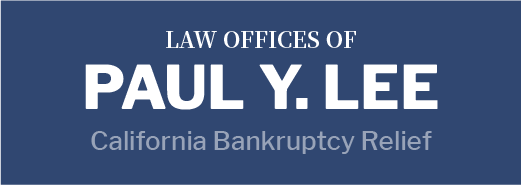Facing financial distress is a challenging reality for many businesses. When a company finds itself overwhelmed by mounting debts and struggling to regain stability, bankruptcy may be a viable option. Business bankruptcy provides an opportunity for companies to reorganize, restructure, or liquidate their assets to address financial difficulties.

In this blog post, we will explore the top reasons why businesses choose to file for bankruptcy and how it can be a strategic decision in navigating financial crises. If you have questions and require help from a bankruptcy attorney, contact The Law Offices of Paul Y. Lee at 951-755-1000 for help.
Overwhelming Debt
One of the primary reasons companies file for bankruptcy is the burden of overwhelming debt. Accumulated debts, such as unpaid loans, credit lines, or vendor invoices, can become unmanageable and hinder the company’s ability to operate effectively. Filing for bankruptcy allows businesses to obtain relief from creditor actions and seek a structured repayment plan or debt discharge.
Declining Revenues and Financial Losses
A significant decline in revenues and consistent financial losses can push a business toward bankruptcy. Factors such as changes in market conditions, increased competition, or ineffective business strategies can lead to ongoing financial challenges. Bankruptcy provides an opportunity to assess the company’s financial health, reevaluate its operations, and implement necessary changes to improve profitability.
Legal Actions and Creditor Pressures
When creditors pursue legal action, such as lawsuits, liens, or foreclosures, it can put immense strain on a business. These legal actions can disrupt operations, seize assets, or further escalate financial difficulties. Filing for bankruptcy initiates an automatic stay, halting legal actions and providing breathing room for the company to address its financial obligations in an organized manner.
Inability to Restructure Existing Debt
In some cases, a company may have attempted to negotiate with creditors to restructure its debt but has been unsuccessful. When the existing debt repayment terms and interest rates are unmanageable, bankruptcy can offer an avenue for debt restructuring or debt forgiveness, allowing the company to establish a more sustainable financial framework.
Operational Challenges and Business Continuity
Persistent operational challenges, such as mismanagement, outdated business models, or ineffective cost controls, can contribute to financial distress. Filing for bankruptcy provides an opportunity to reorganize the business, streamline operations, and develop a more efficient structure that promotes long-term sustainability. This can involve renegotiating contracts, downsizing, or divesting non-core assets.
Business bankruptcy is a strategic tool that enables companies to address financial hardships and reposition themselves for future success. Whether it’s overwhelming debt, declining revenues, or legal actions, the decision to file for bankruptcy should be considered after careful evaluation of the company’s financial circumstances and long-term viability. Engaging the services of a skilled bankruptcy attorney is essential to navigate the complexities of the bankruptcy process and develop a comprehensive plan for debt relief, restructuring, or liquidation. Contact The Law Offices of Paul Y. Lee at 951-755-1000 now.

